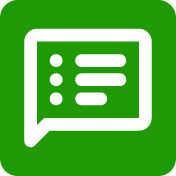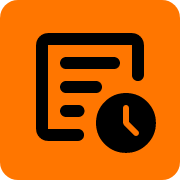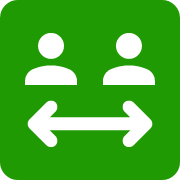
Grade:
Uses:
Materials:



Model a few examples together as a class, and then give students 5 minutes to complete the handout. After time is up, bring the class together to share ideas, fill in missing words, and discuss word choices as a group.
Consider inviting students to listen for common associations or recurring ideas among their classmates’ responses to reinforce vocabulary connections.
Example
Target Vocabulary Word: fall
• A. autumn
• B. breeze
• C. cider
• D. dandelion
Teaching Tips

For students needing additional support: Pre-fill challenging letters (such as X or Z) on the handout, or offer a smaller subset of letters to focus on.
For advanced learners: Encourage students to generate multiple words per letter or explain how each word connects to the target concept.
For multilingual learners: Provide visual cues or images to activate prior knowledge before starting. Limit the number of letters to more common ones (A, O, S, T) to reduce cognitive load. Pair students strategically for language support.
Note: Provide accommodations and modifications based on your learners’ needs to ensure full participation.

Level-up current events into dynamic learning!